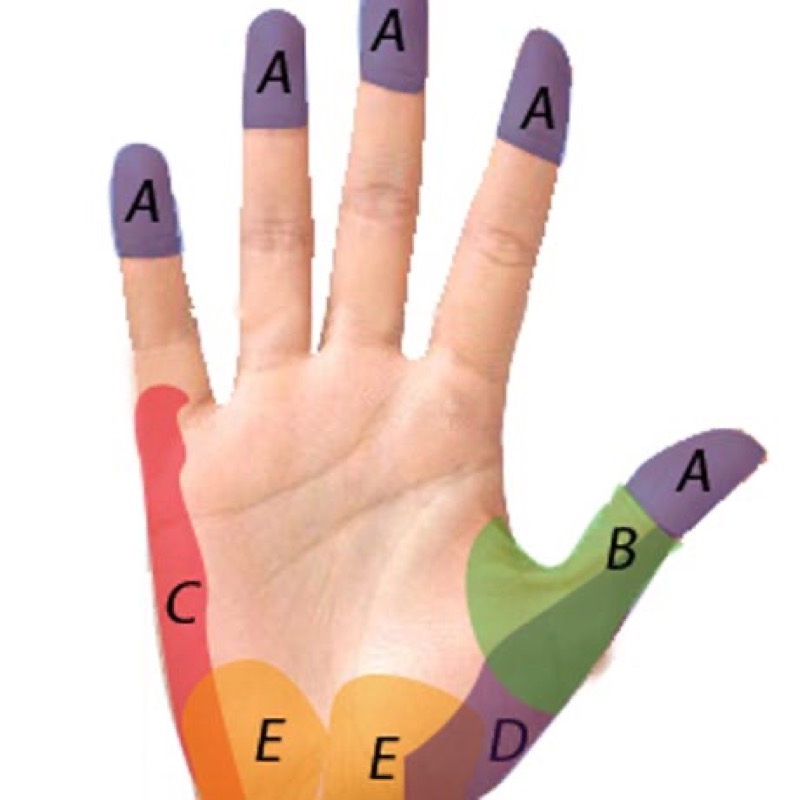Pastels require stumping with your finger, a rag or a stump! Your work will be stronger, more sensitive, and gain in subtlety.
What you need to know
By mixing and stumping colors, you can:
- Move wide masses of pigments with the palm of your hand,
- Homogenize the break between two shades with your finger,
- Use a rag to soften a hue that's too strong,
- Blur surface pigments with a paintbrush without changing earlier layers,
- Subtly work on a very small area with a stump.

